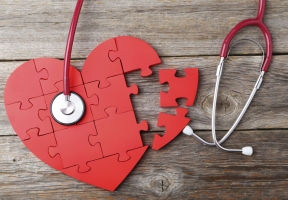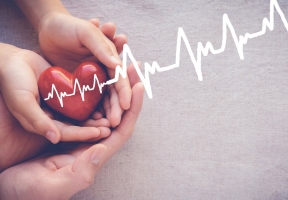

February is a great reminder to prioritize heart health and recognize the signs of an emergency, according to the American College of Emergency Physicians (ACEP). One of the most common reasons people visit the emergency department, chest pain, can take a variety of forms and is not always associated with a heart issue. Heart disease is the most common cause of death for both men and women in the U.S.
People having a heart attack may experience some or all of these symptoms:
• Uncomfortable pressure, fullness, squeezing sensation or pain in the center of the chest, lasting more than a few minutes, or it goes away and comes back.
• Pain that spreads to the shoulders, neck, jaw, arms or back.
• Chest discomfort accompanied by lightheadedness, fainting, sweating, nausea or shortness of breath.
Some less common warning signs of heart attack that should be taken seriously — especially if they accompany any of the above symptoms — include:
• Shortness of breath and difficulty breathing.
• Abnormal chest pain, stomach or abdominal pain. Symptoms may feel like indigestion or heartburn.
• Nausea or dizziness.
• Unexplained anxiety, weakness or fatigue.
• Palpitations, cold sweat or paleness.
For more information, visit www.acep.org and www.emergencyphysicians.org.









